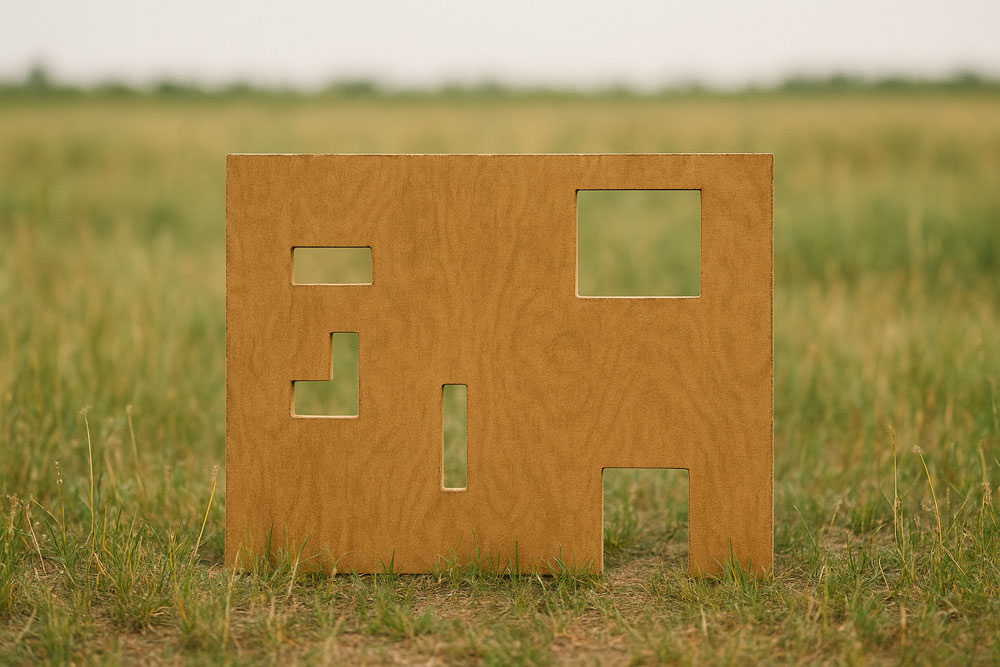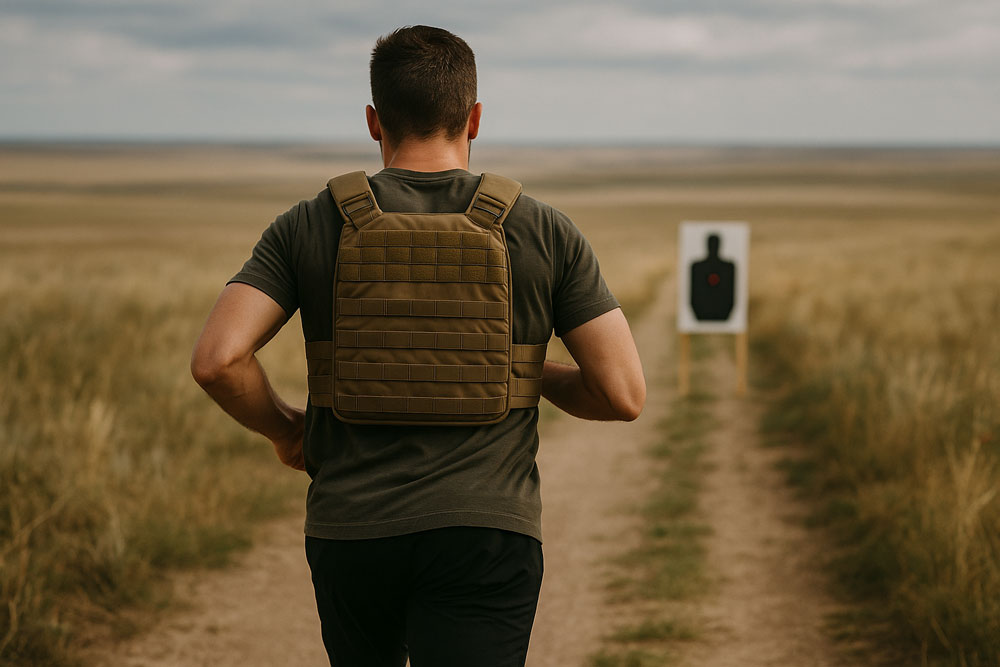Whether you’re a tactical professional, competitor, or just serious about being prepared, shooting from unconventional positions is a must. That’s where the VTAC Barricade comes in—a simple, rugged training tool that can fundamentally change the way you approach positional shooting.
If you’ve never trained with one, or if it’s just gathering dust in the corner of your range, it’s time to understand why this chunk of plywood deserves a permanent place in your dry fire and live fire workouts.
What Is a VTAC Barricade?
Originally developed by Kyle Lamb (U.S. Army Special Forces veteran), the VTAC Barricade is a wooden structure cut with multiple shooting ports—windows, notches, and gaps—each one designed to simulate awkward, real-world shooting positions. The whole point? To get you out of your comfort zone.
Why the VTAC Barricade Matters
Most shooters get comfortable in a couple of standard positions—standing, kneeling, prone. But real-world engagements aren’t always so accommodating.
The VTAC Barricade forces you to:<
- Adapt to angles that aren’t natural
- Shoot around cover without full exposure
- Stabilize your weapon in tight or off-balance setups
- Manage your body position in high and low scenarios
Training with this tool builds a more versatile and capable shooter—someone who can take solid shots from almost anywhere.
Five Key Benefits of VTAC Training
- Realistic Cover Use – Barricades mimic real-world cover—doorways, fences, vehicles. Learning how to shoot around them while keeping a minimal exposure profile is vital for both safety and effectiveness.
- Positional Discipline – Shooting through the different ports teaches you to control your breathing, trigger discipline, and sight alignment in tight, uncomfortable stances. It builds the ability to get stable fast, even in less-than-ideal positions.
- Rifle Control Under Strain – Many positions on the VTAC require unsupported or semi-supported holds. These develop grip strength, sling management skills, and upper body control that translate directly to field shooting scenarios.
- Smooth Transitions – A solid VTAC run isn’t just about making hits—it’s about moving between positions efficiently. You’re learning how to move your body and your rifle together while maintaining muzzle awareness and momentum.
- Stress Integration – Adding time pressure or fatigue (say, after a sprint or functional movement drill) makes the VTAC barrier a perfect tool for testing how well you can think, move, and shoot while under load.
Dry Fire and Live Fire Integration
The VTAC isn’t just for live ammo. It’s an outstanding dry fire tool:
- Practice transitions between positions (standing to kneeling, kneeling to seated).
- Test your sling setup and how it works in each port.
- Incorporate reloads, malfunctions, and low-light scenarios using handheld or weapon-mounted lights.
And when you bring it to the range, it becomes one of the best ways to stress-test your shooting—especially at varied distances and under shot timers.
Building or Buying a VTAC
The beauty of the VTAC is its simplicity. You can build one in a weekend with basic tools and a sheet of plywood. There are also pre-made options out there if you want something durable and ready to go.
Pro Tip: Paint one side high-vis for easier use in low-light sessions and keep the other side camo or neutral for realism.
The VTAC Barricade is not just a range prop. It’s a test—of how adaptable, athletic, and prepared you are behind your rifle. When we say Fit to Fire, we’re not just talking about conditioning. We’re talking about being fit to shoot in any position, any condition, with confidence. The VTAC helps bridge that gap between static training and dynamic readiness.
Want more range setups and drills that combine fitness and precision?
Pre-orders for Fit to Fire open soon.


